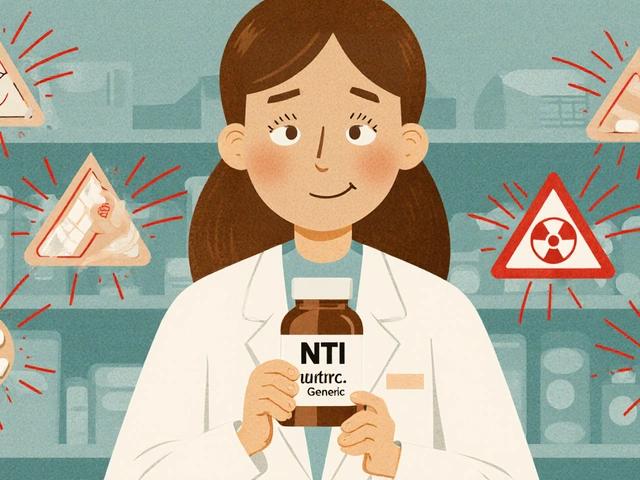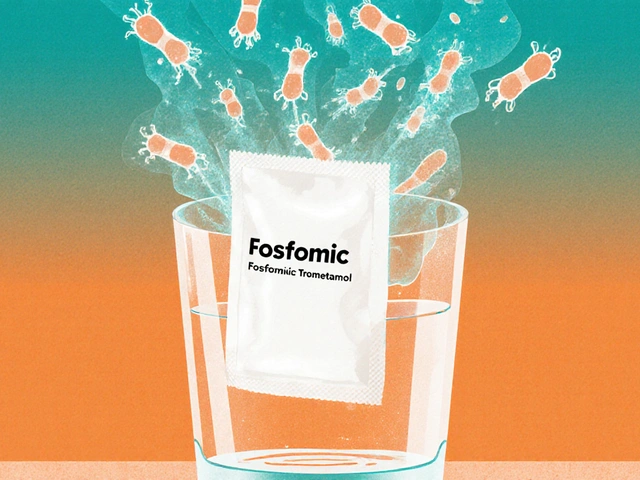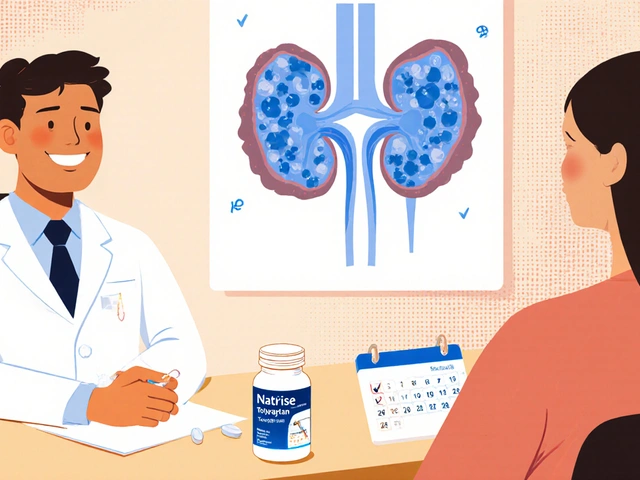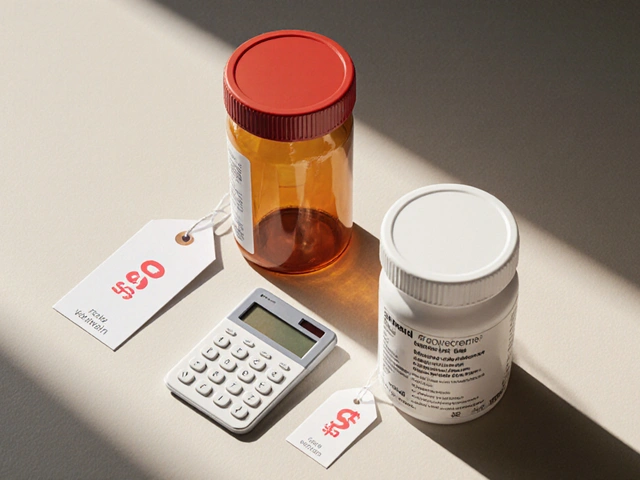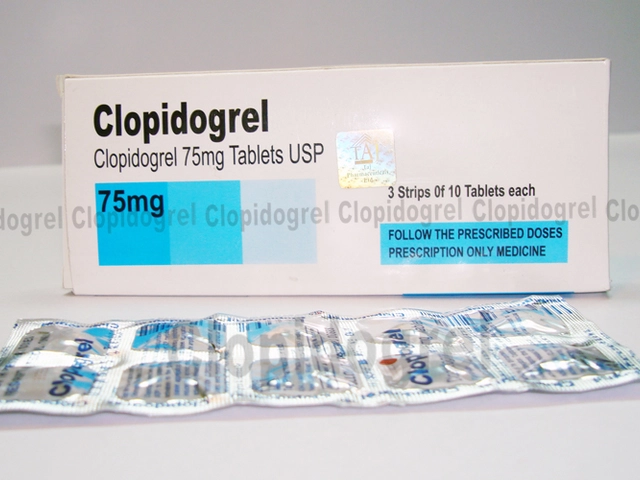High Blood Pressure: Easy Ways to Lower It on a Budget
Living with high blood pressure (hypertension) can feel overwhelming, especially when you worry about medicine costs. The good news? You don’t need a pricey gym membership or exotic foods to see real improvement. Small, everyday moves can drop those numbers and keep your wallet happy.
First, check your numbers regularly. A home cuff costs less than a coffee a day and gives you instant feedback. Knowing your baseline helps you spot what works and where to tweak. If your reading is consistently above 130/80, it’s time to act.
Everyday Habits That Make a Difference
Start with the basics: cut back on salt. Most processed foods hide sodium in sauces, breads, and canned soups. Swapping a salty snack for a handful of unsalted nuts can shave a few points off your pressure in weeks. Add more potassium‑rich foods like bananas, spinach, and sweet potatoes. Potassium balances sodium and helps blood vessels relax.
Move a little more each day. You don’t need a marathon; a 20‑minute walk after dinner does the trick. If the weather’s bad, march in place while watching TV. Consistency beats intensity when it comes to blood pressure.
Stress is a hidden culprit. Try a simple breathing exercise: inhale for four seconds, hold for four, exhale for six. Do this five times before bed or after a stressful call. Even short mindfulness breaks can calm the nervous system and lower readings.
Watch your alcohol intake. One drink a day for women, two for men, is the upper limit most guidelines suggest. Excessive drinking spikes pressure and adds extra calories.
Saving Money on Blood Pressure Meds
When lifestyle tweaks aren’t enough, medication steps in. Generic versions of common antihypertensives—like amlodipine, lisinopril, or hydrochlorothiazide—cost a fraction of brand‑name pills. In Australia, the PBS (Pharmaceutical Benefits Scheme) subsidizes many of these drugs, slashing out‑of‑pocket costs.
Shop around online for reputable pharmacies that verify prescriptions and match PBS prices. Look for pharmacy sites that offer price‑match guarantees or bulk‑order discounts. Always compare the total cost, including shipping, before you buy.
If you’re on multiple meds, ask your doctor about combination pills. One tablet that covers two drugs can be cheaper and easier to remember.
Don’t forget about assistance programs. Some charities and government schemes provide free or low‑cost medication for eligible patients. A quick phone call to your local health department can uncover options you didn’t know existed.
Finally, keep a simple log of your blood pressure, meds, and how you feel each day. Patterns emerge—maybe a particular food spikes your reading or a new exercise routine brings it down. Sharing this log with your doctor makes appointments more productive and can prevent unnecessary prescription changes.
Managing high blood pressure doesn’t have to be a financial nightmare. By tightening up your diet, moving a bit each day, handling stress, and hunting down affordable meds, you can keep your heart healthy without emptying your bank account. Start with one tiny change today and watch the rest fall into place.

Understanding Amlodipine: A Beginner's Guide for New Users
This comprehensive guide covers everything first-time users need to know about amlodipine, a commonly prescribed medication for managing high blood pressure and other cardiovascular conditions. Discover how it works, its potential side effects, and crucial tips for safe usage.
